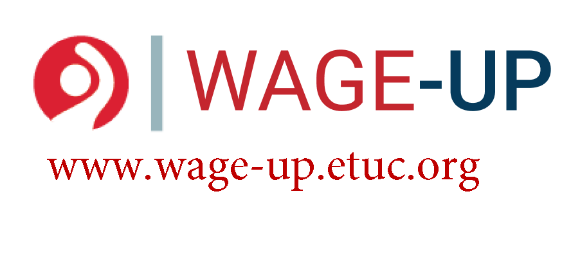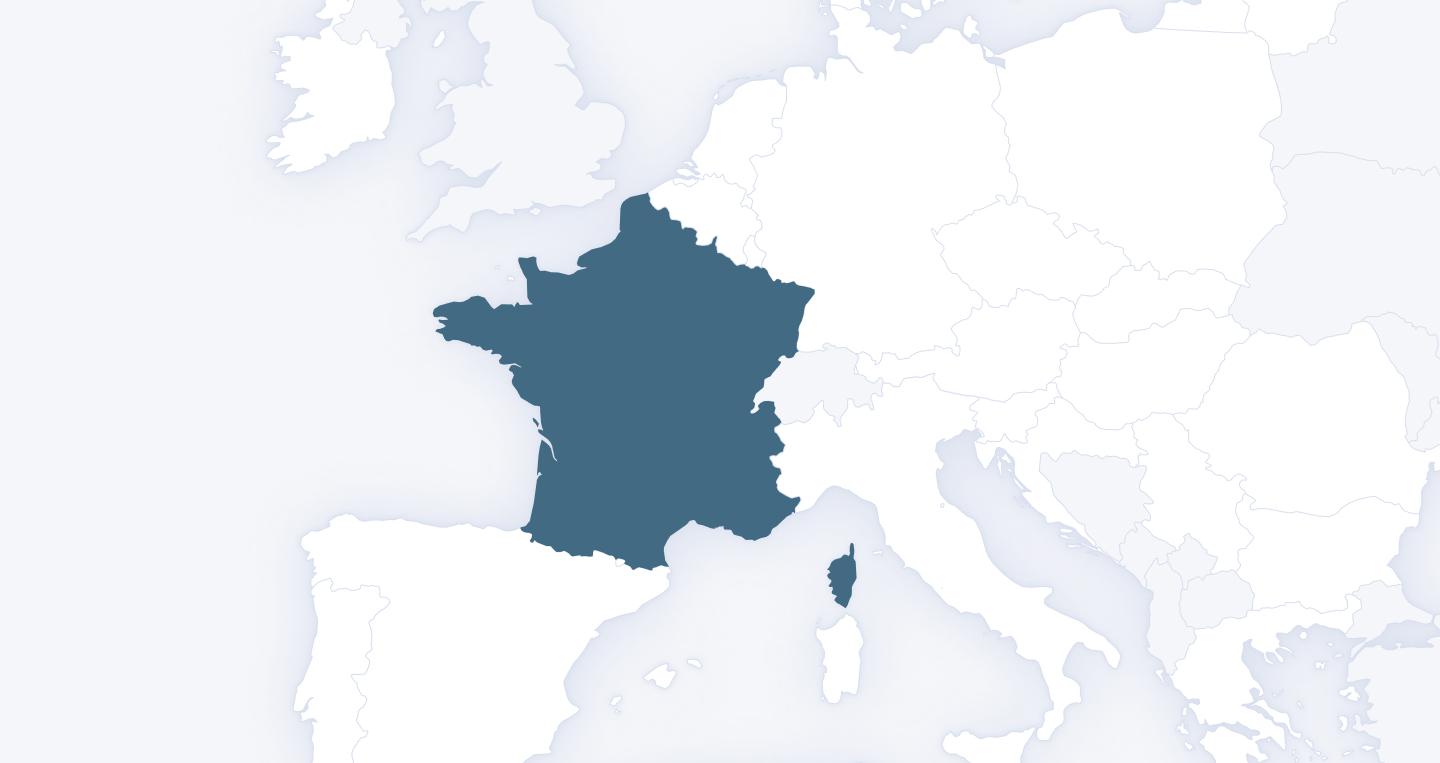In summary
In France there is a statutory minimum wage of 11.65€ per hour, which makes a minimum wage of 1766.92€ per month (-2.20% in real growth terms comparing to the previous year). The MW is set by the government after consultation with trade unions and employers. The criteria guiding the adjustments of MW are the following: Indexation according to consumer prices; at least 50% of real wage increases in average hourly wages; if inflation increases exceed 2% during the year, MW is automatically adjusted. There are Sub-minimum rate for workers younger than 18, apprentices, trainees and some workers with disabilities. The gender pay gap is 13.9%, while the in-work poverty rate is 7.5% (data for 2022). Finally, wage inequality (calculated as Interdecile ratio P90/P10) is 2.9.

